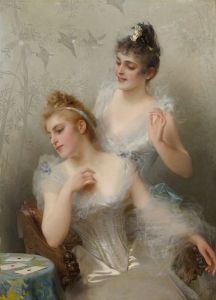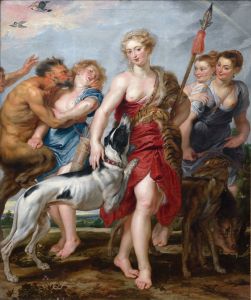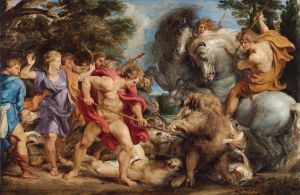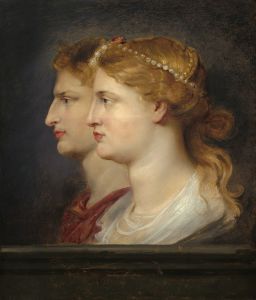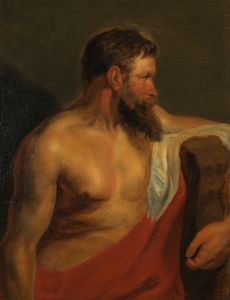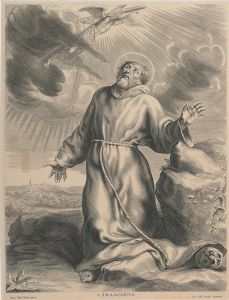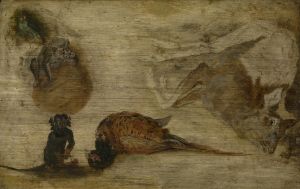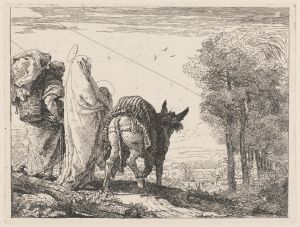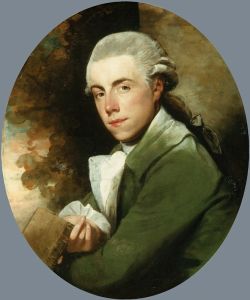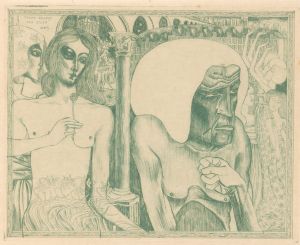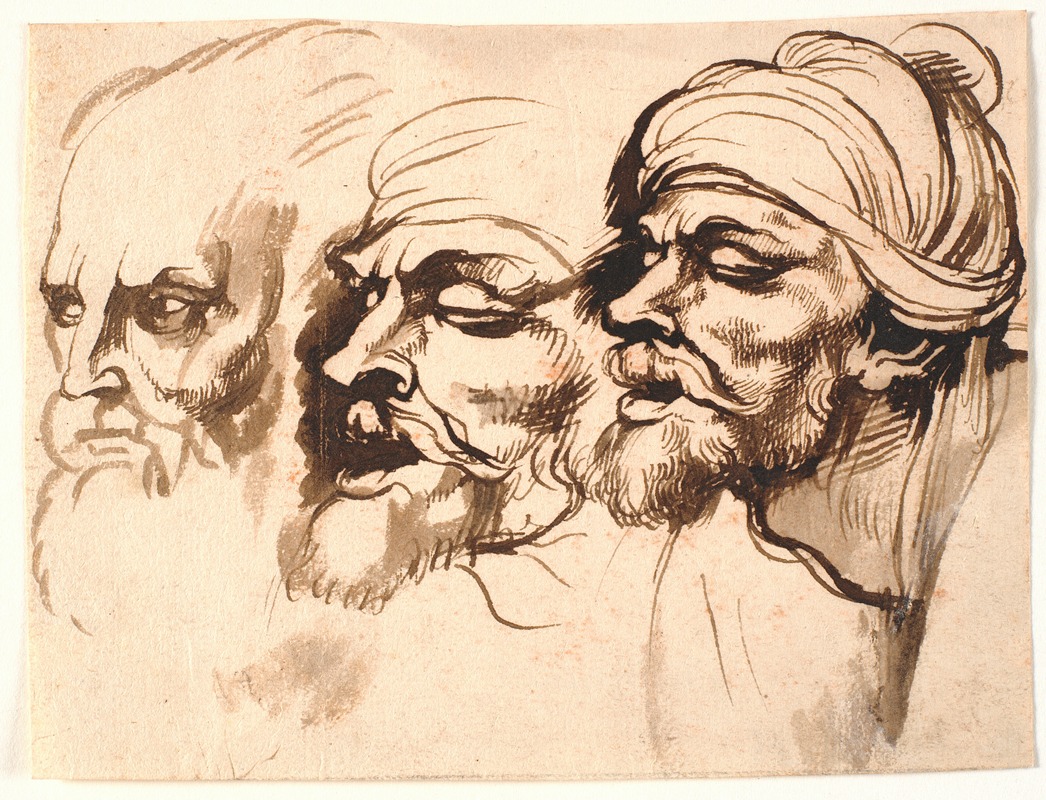
Three male heads
A hand-painted replica of Peter Paul Rubens’s masterpiece Three male heads, meticulously crafted by professional artists to capture the true essence of the original. Each piece is created with museum-quality canvas and rare mineral pigments, carefully painted by experienced artists with delicate brushstrokes and rich, layered colors to perfectly recreate the texture of the original artwork. Unlike machine-printed reproductions, this hand-painted version brings the painting to life, infused with the artist’s emotions and skill in every stroke. Whether for personal collection or home decoration, it instantly elevates the artistic atmosphere of any space.
Peter Paul Rubens, a prominent Flemish artist of the Baroque era, is renowned for his dynamic compositions, vibrant color palette, and masterful depiction of the human form. Among his extensive oeuvre, the work titled "Three Male Heads" exemplifies his skill in portraiture and his ability to convey a range of human emotions through facial expressions.
"Three Male Heads" is a study that showcases Rubens' interest in capturing the subtleties of human expression and physiognomy. This work is not a finished painting but rather a preparatory study, which Rubens often used as a means to explore different expressions and character types. Such studies were integral to his creative process, allowing him to experiment with composition and emotion before committing to a larger, more complex work.
The study features three distinct male heads, each turned in different directions and exhibiting unique expressions. This arrangement allows viewers to appreciate Rubens' keen observation skills and his ability to render diverse emotional states. The heads are likely drawn from life, a common practice for Rubens, who frequently employed live models to achieve a high degree of realism in his work. The use of chiaroscuro, a technique involving the contrast of light and shadow, is evident in this study, highlighting the contours and features of each face and adding a sense of depth and volume.
Rubens' mastery of anatomy and his understanding of human emotion are evident in "Three Male Heads." Each head is meticulously detailed, with attention paid to the texture of the skin, the play of light across the features, and the individuality of each subject. This focus on realism and character was a hallmark of Rubens' style and contributed to his reputation as one of the leading portraitists of his time.
The study may have served as a reference for one of Rubens' larger compositions, where he often incorporated multiple figures and complex interactions. By isolating the heads in this study, Rubens could concentrate on refining the expressions and ensuring that each character conveyed the intended emotion and narrative role within a larger scene.
While specific details about the provenance and exact date of "Three Male Heads" are not widely documented, it is consistent with Rubens' known practices and artistic interests during his prolific career. Rubens' work was highly sought after during his lifetime, and his influence extended beyond his native Flanders to other parts of Europe, where he was commissioned by royalty and nobility.
In summary, "Three Male Heads" by Peter Paul Rubens is a testament to the artist's exceptional skill in capturing the human condition. Through this study, Rubens demonstrates his ability to convey complex emotions and his dedication to the study of human expression, which would inform his larger, more elaborate compositions.





